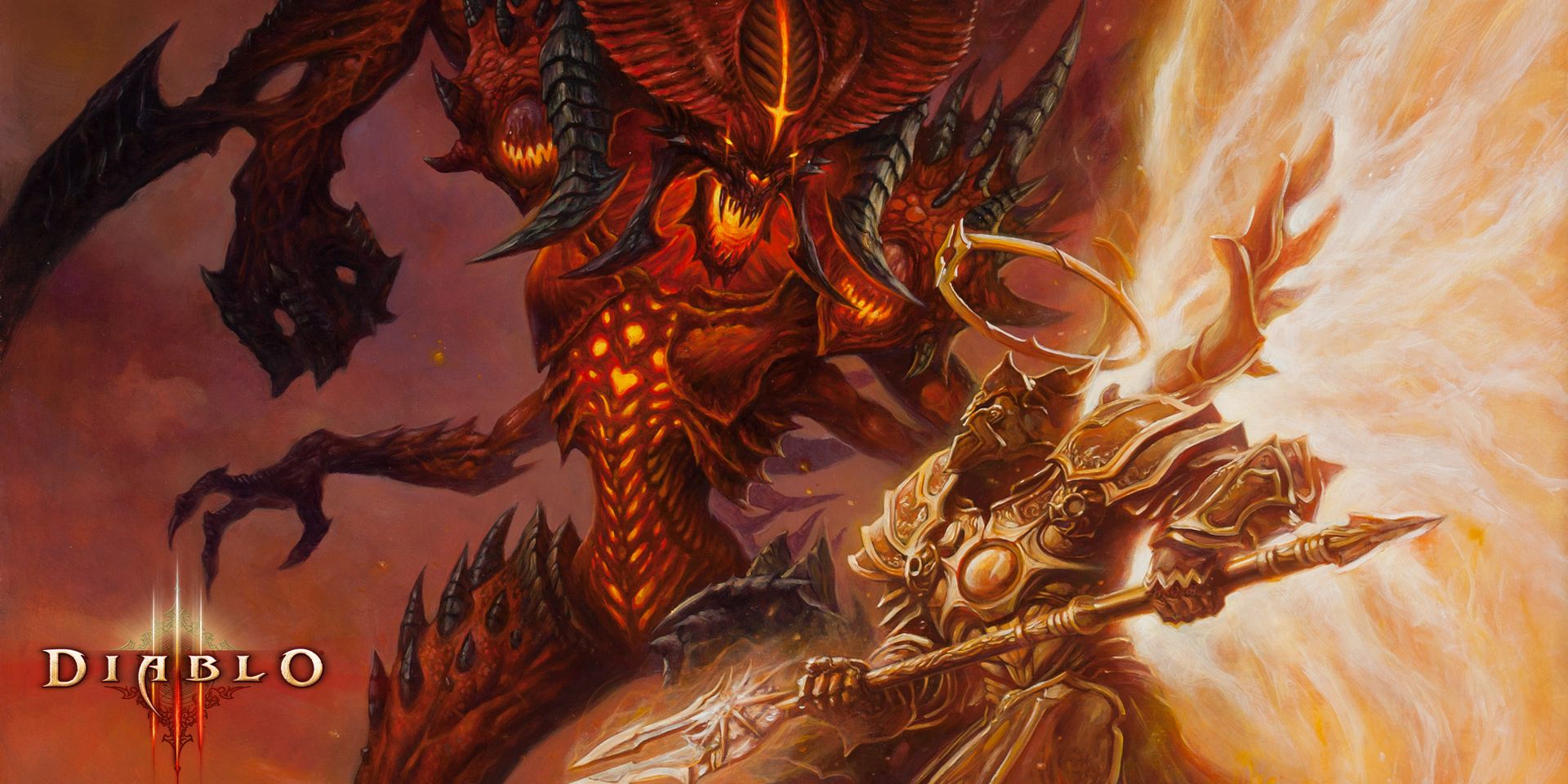Diablo III: A Decade of Demonic Delve

Diablo III, the third installment in the iconic action role-playing game series, has captivated players for over a decade. Its blend of fast-paced combat, deep customization, and a rich lore has made it a beloved title among gamers. This article will delve into the game's core features, its evolution over the years, and the enduring appeal that has kept players coming back for more.
Core Gameplay and Classes
At its heart, Diablo III is a dungeon crawler where players navigate procedurally generated levels, battling hordes of demons and other monstrous creatures. The game features a variety of playable classes, each with unique abilities and playstyles:
- Barbarian: A brute force warrior who relies on physical strength and can wield two-handed weapons.
- Wizard: A master of elemental magic, capable of unleashing devastating spells and controlling the battlefield.
- Monk: A nimble and agile fighter who combines martial arts with spiritual power.
- Witch Doctor: A dark ritualist who summons minions and unleashes powerful curses.
- Crusader: A holy warrior who wields divine power and can protect allies from harm.
- Demon Hunter: A ranged assassin who specializes in deadly bows and crossbows.
- Necromancer: A master of death who can raise the dead and control the undead hordes.
Each class can be further customized with a variety of skills, runes, and equipment, allowing players to create unique builds that suit their preferred playstyle.
The Reaper of Souls Expansion
Diablo III's first major expansion, Reaper of Souls, introduced significant changes to the game. It added a new act, a level 70 cap increase, and the Adventure Mode, which allowed players to freely explore previously completed areas and complete randomized events. The expansion also introduced the Nephalem Rift, a challenging endgame mode where players battle waves of enemies to earn powerful loot.
The Rise of Nephalem Rifts and Greater Rifts
The Nephalem Rift became a cornerstone of Diablo III's endgame content. Players could enter Rifts solo or with a group of friends, and the difficulty scaled based on the number of participants. Greater Rifts were introduced later, offering even more challenging encounters and a leaderboard system for competitive players.
The Eternal Collection
Diablo III: The Eternal Collection bundled the base game, Reaper of Souls, and the Rise of Necromancer pack, providing a comprehensive experience for new players. This collection also included various quality-of-life improvements and bug fixes.
The Game's Evolution and Enduring Appeal
Diablo III has undergone numerous updates and patches over the years, addressing player feedback and introducing new features. The game's popularity can be attributed to several factors:
- Fast-paced combat: The game's combat system is exhilarating and satisfying, with a variety of skills and abilities to master.
- Deep customization: Players have a vast array of options to customize their characters, from their appearance to their abilities and equipment.
- Rich lore: Diablo III's story is engaging and filled with mythology and lore, immersing players in a dark and sinister world.
- Endgame content: The game offers a wealth of endgame content, including Nephalem Rifts, Greater Rifts, and seasonal challenges, keeping players engaged long after they have completed the main campaign.
- Strong community: Diablo III has a passionate and dedicated community, with forums, guilds, and social media groups where players can connect and share their experiences.
In conclusion, Diablo III has proven to be a enduring and popular action role-playing game. Its combination of fast-paced combat, deep customization, and a rich lore has captivated players for over a decade. Whether you are a seasoned veteran or a newcomer to the series, Diablo III offers a thrilling and rewarding gaming experience.